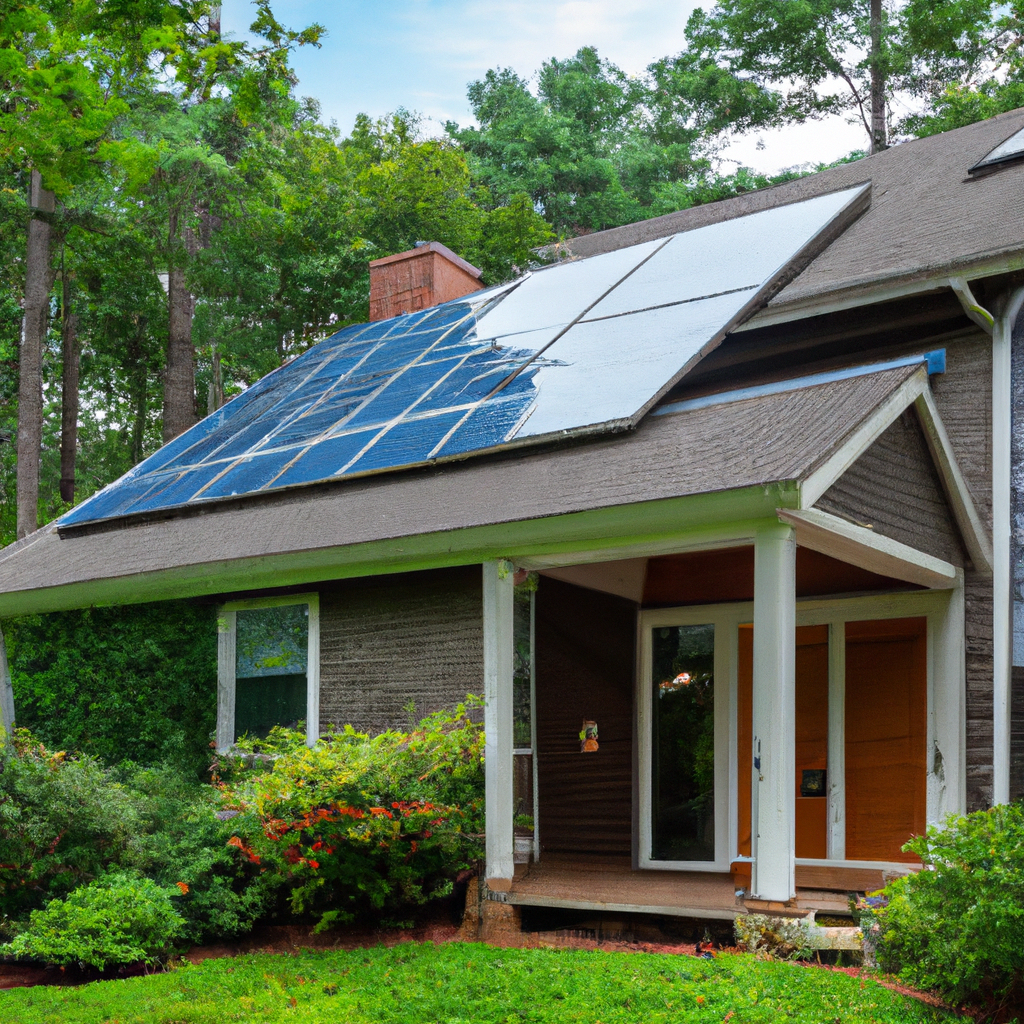Welcome to our comprehensive guide on energy-efficient cooling systems for a greener home. As the scorching heat of summer approaches, it’s crucial to find ways to beat the heat while minimizing our impact on the environment. In this article, we will explore various cooling systems that not only keep your home comfortable but also help reduce energy consumption. By implementing these energy-efficient solutions, you can create a more sustainable living space while saving money on your utility bills.

Understanding the Importance of Energy-Efficient Cooling
Before we delve into different cooling systems, it’s essential to understand why energy efficiency matters. Traditional cooling systems consume a significant amount of electricity, contributing to high energy bills and environmental pollution. By opting for energy-efficient alternatives, you can significantly reduce your carbon footprint.
The Benefits of Energy-Efficient Cooling Systems
Energy-efficient cooling systems offer several advantages, both for the environment and homeowners:
- Lower Energy Consumption: Energy-efficient cooling systems consume less electricity, resulting in reduced energy bills and long-term cost savings.
- Environmental Preservation: By minimizing energy consumption, these systems help reduce greenhouse gas emissions and combat climate change.
- Improved Indoor Air Quality: Energy-efficient cooling systems often come with advanced filtration systems that remove allergens, pollutants, and other harmful particles from the air, ensuring a healthier living environment.
- Enhanced Comfort: These systems are designed to provide consistent and optimal cooling, maintaining a comfortable indoor temperature throughout the day.
- Extended Lifespan: Energy-efficient cooling systems are built to last, reducing the need for frequent repairs or replacements.
Exploring Energy-Efficient Cooling Systems
Now let’s delve into the different types of energy-efficient cooling systems available for your home.
1. High-Efficiency Air Conditioners
Air conditioners are a popular choice for cooling homes, but not all units are created equal in terms of energy efficiency. Look for air conditioners with a high Seasonal Energy Efficiency Ratio (SEER) rating, which indicates their efficiency level. Opt for models with a SEER rating of 14 or higher for optimal energy savings.
2. Heat Pumps
Heat pumps are versatile cooling and heating systems that can efficiently cool your home in summer and keep it warm during winter. These systems work by transferring heat from one area to another, rather than generating it. Look for heat pumps with high Energy Efficiency Ratio (EER) ratings and Heating Seasonal Performance Factor (HSPF) ratings for maximum energy efficiency.
3. Evaporative Coolers
Evaporative coolers, also known as swamp coolers, are a cost-effective and energy-efficient alternative to traditional air conditioners. These systems use the natural process of evaporation to cool the air, making them ideal for dry climates. Evaporative coolers consume significantly less electricity compared to air conditioners, making them an eco-friendly choice.
4. Ceiling Fans
Ceiling fans are a simple yet effective way to cool your home while reducing energy consumption. By circulating the air in the room, they create a cooling effect, allowing you to set your air conditioner at a higher temperature without sacrificing comfort. Look for energy-efficient ceiling fans with the ENERGY STAR label for optimal performance.
5. Ductless Mini-Split Systems
Ductless mini-split systems offer a flexible and energy-efficient cooling solution for homes without ductwork. These systems consist of an outdoor unit connected to one or more indoor units, allowing you to control the temperature in individual rooms. Ductless mini-split systems are highly efficient, as they eliminate energy losses associated with ductwork.
6. Smart Thermostats
Pairing your cooling system with a smart thermostat can further enhance energy efficiency. Smart thermostats allow you to set customized cooling schedules, adjust temperature remotely, and even learn your preferences over time. By optimizing your cooling system’s usage, you can minimize energy waste and reduce your carbon footprint.
7. Passive Cooling Techniques
In addition to energy-efficient cooling systems, implementing passive cooling techniques can further improve your home’s energy efficiency. These techniques include:
- Insulation: Proper insulation prevents heat transfer, keeping your home cool in summer and warm in winter.
- Window Treatments: Installing blinds, curtains, or reflective window films can reduce heat gain from sunlight.
- Natural Ventilation: Opening windows strategically to allow cross ventilation can help cool your home without relying solely on cooling systems.
- Shading: Planting trees or installing awnings can provide shade and reduce the amount of direct sunlight reaching your home.
Conclusion
In conclusion, adopting energy-efficient cooling systems is not only beneficial for the environment but also for your wallet. By opting for high-efficiency air conditioners, heat pumps, evaporative coolers, ceiling fans, ductless mini-split systems, and smart thermostats, you can significantly reduce your energy consumption and carbon footprint. Additionally, implementing passive cooling techniques can further enhance the efficiency of your cooling system. So, beat the heat this summer while embracing sustainability and creating a greener home for a brighter future!